The Simlab XP1 in a nutshell
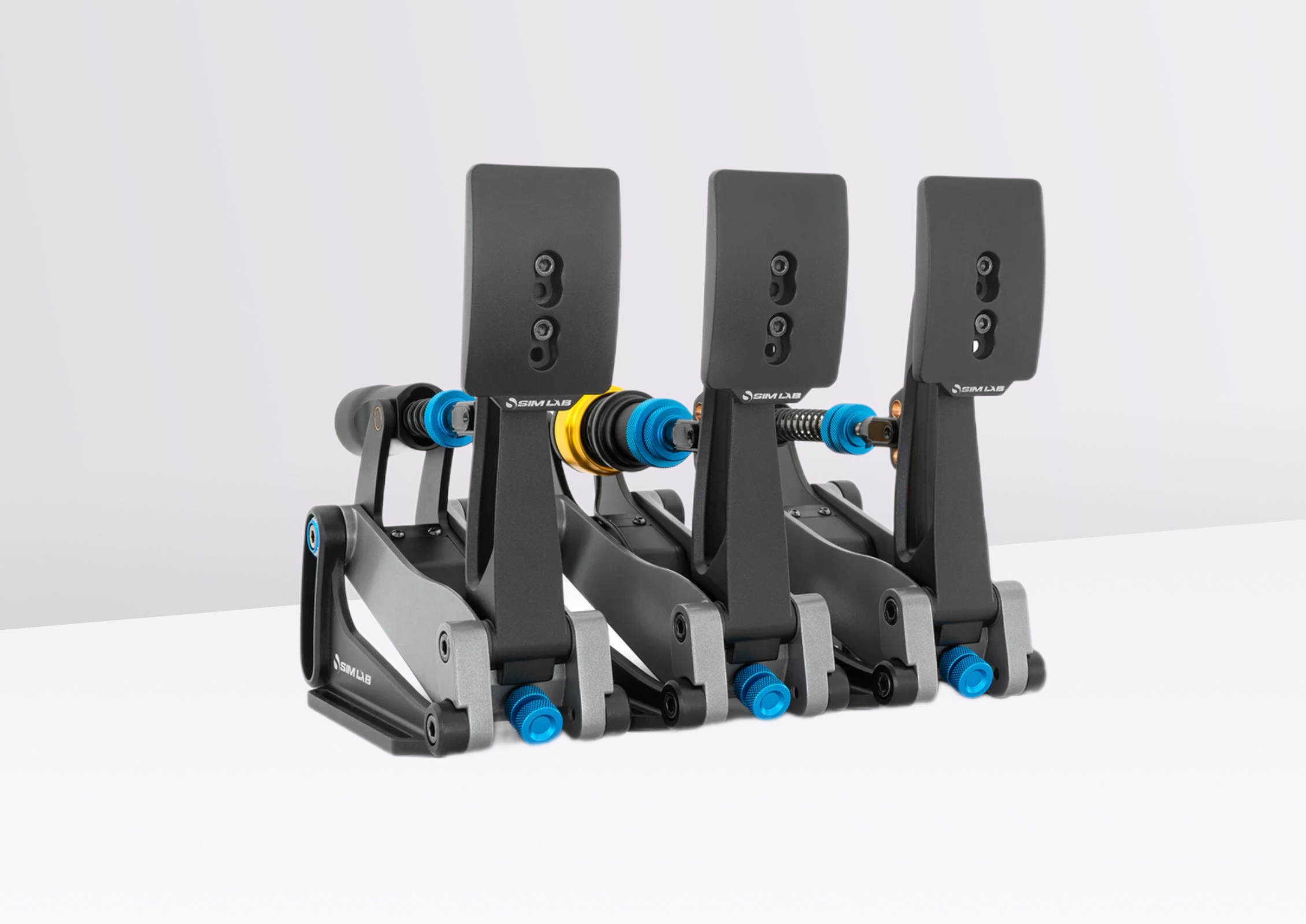
Advantages & Disadvantages
✅ Highly adjustable crankset
✅ Excellent build quality
✅ 200 kg Load Cell
✅ Available in 2 variants
❌ No haptic feedback (vibration) for ABS
❌ No support or footrest as standard
Simlabamong many other companies, has been active in the sim-racing market for several years. Around ten years, to be precise. Some might say that’s not very long, yet it’s the average for the segment, with the youngest having been in the industry for barely 3 years (Moza Racing for example).
Since the early days of Simlab, the emphasis has been on manufacturing and selling cockpits that are both high-quality, solid and not too expensive compared to the competition. Broadly speaking, this is still the case, despite the fact that the Dutch brand’s catalog includes options that are not at all cheap, to be frank (the X1 Pro in full option, which costs up to €2,500).
However, from a business point of view, offering 4 cockpits just doesn’t cut it. To thrive in the market, Simlab had to diversify its offerings with other sim-racing peripherals. Today, this brand’s offering remains meager by industry standards, but its products are still premium. In what follows, I’m going to introduce you to its Load Cell pedalboard, the XP1.
Main features and technical specifications of the crankset
- Full aluminum structure
- Available in 2 versions: 2 or 3 pedals
- PC and RaceDirector compatible
- Adjustable pedals at all points
- 200 kg Load Cell
- 16-bit pedal resolution
- Control box for easy management of wiring and PC connection
- Supplied with various elastomers and springs for both brake and gas pedal.
- Gas pedal and clutch pedal with magnetic sensor
XP1 design
The design of the XP1 combines sobriety and beauty, especially if you opt for the Black Edition variant, which has only one gold element at the rear of the brake pedal, and virtually everything else is black.
On the pedals, 2 colors dominate the XP1: black and gray, with a few elements in electric blue. At first glance, you’d think this was a pedalboard removed from a racing car, so minimalist is the XP1. As far as I’m concerned, this device is one of the top 10 simplest and most beautiful currently available on the market.
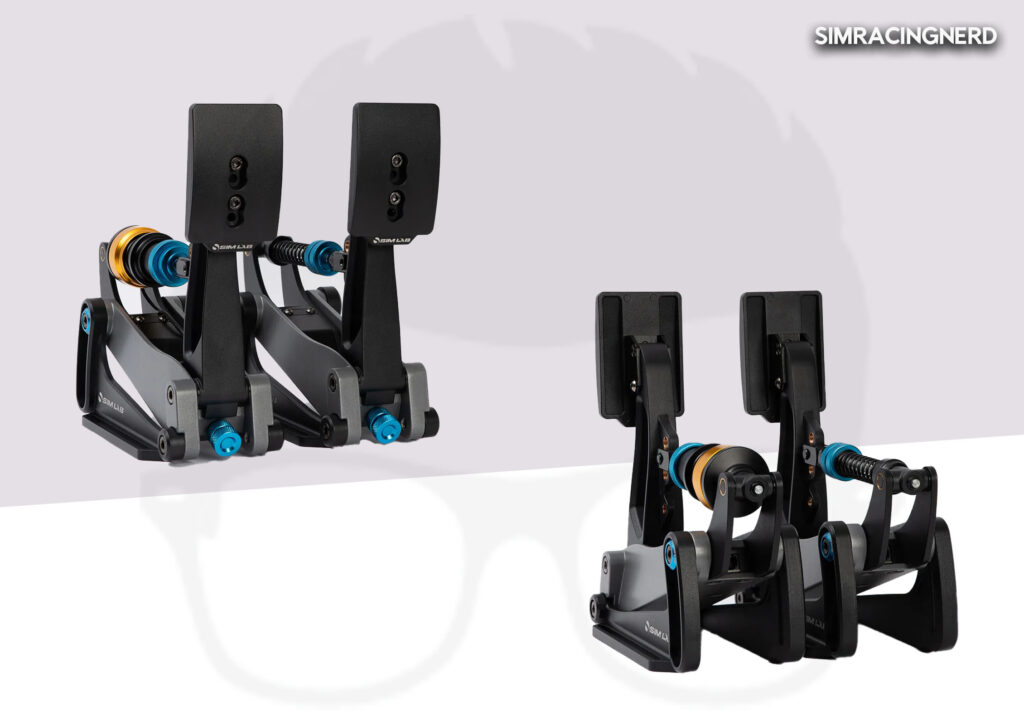
Customized assembly
Depending on your choices during the purchasing phase, you’ll get 2 or 3 pedals with XP1, and these are delivered stand-alone, without a bracket. You can opt for the latter, but it will cost you around €89 more.
Mounting the pedals is rather easy, thanks to two rails on each side. However, you’ll need a cockpit/chassis to mount the XP1, as the floor-standing option is impossible in stock configuration. And even if you opt for the Simlab bracket, this crankset is a Load Cell that can take 200 kg of force. The first time you brake, you’ll smash the wall against which the XP1 is mounted.
But let’s get back to assembly, because that’s not the point. All the hardware needed to attach the crankset to the frame is included, from Allen screws to T-nuts for steel/aluminium profile structures. It’s complete and very well explained in the manual too.
Manufacturing and finishing
Almost all XP1 parts are aluminum, with a few steel ones. In terms of build quality, it’s very premium, and I didn’t notice any defects on the 2 pedals I received. The only cheap element to be found with the XP1 is the control box for the PC connection. It’s a cheap piece of plastic, and I think even fragile too. To tell you the truth, I didn’t try to harm it, as I was afraid of blowing it up.
Apart from this one misstep, everything else is perfect. And finish goes hand in hand with build quality. The paintwork on the XP1’s parts is excellent, and even the screws and bolts are top quality. This pedalboard smacks of premium, and that’s as soon as you pick up one of Simlab’s supplied components. Well, except for the control box, which is a false note.
Bottom bracket settings
On the XP1, you can adjust pedal height and angle, pedal plate angle, travel stop, spring hardness, elastomer hardness, spring pre-loading using the thumbwheel and overall pedal hardness. Of course, you’ll need an Allen wrench to make certain adjustments, such as pedal angle, pedal plate tilt, etc., but for the rest, you’ve got all the tools you need. But for the rest, you’ve got electric blue/black knobs to fine-tune whatever you want.
And then there’s the software part with RaceDirector to change everything else, like pedal sensitivity, dead zone, and the whole shebang. What’s more, you can set up several profiles with RaceDirector that can be used according to the sim-racing track you’re facing.
Sensations during play
We’ve just seen that the XP1 is a fine product from Simlab, both in terms of aesthetics and settings. But what is it worth on a sim-racing rig? Once installed, whether you have the 2 or 3 pedal version, you’ll need to set it up via RaceDirector. The software is very intuitive to use, and you’ll have no trouble finding your way around.
The accelerator pedal features a 16-bit sensor that is highly accurate when it comes to transcribing your inputs. What’s more, its spring is not only adjustable, but also swappable. By default, the right pedal is very smooth and linear, with a rather short stroke. But you can change all this if you spend a little time on it. I like the throttle, but at the same time, it’s almost identical to what you’ll find on the competition.
Let’s move on to the brake pedal. The LC is a two-stage unit: the spring handles around 80% of the braking action, and the rest is taken care of by the elastomer. You can adjust the spring via the thumbwheel, and swap it too if you like, as well as the elastomer.
For the first stage, I found the XP1 to be very precise when braking, with virtually no dead zone on the first run. When you pass this floor and reach the elastomer, your foot stops dead and faces the reinforced concrete wall. It doesn’t move, but it’s just as precise as the second floor. This second level can take up to 200 kg of force, without plugging in. However, the XP1 is not equipped with haptic feedback, which is a bit of a shame, since the competition offers it on their products. Not all, of course, but it’s available as you move upmarket.
And finally, the clutch. It’s a pretty basic setup, I’d say, with a swappable spring and adjustments on practically everything, even thebiting point of the disc.
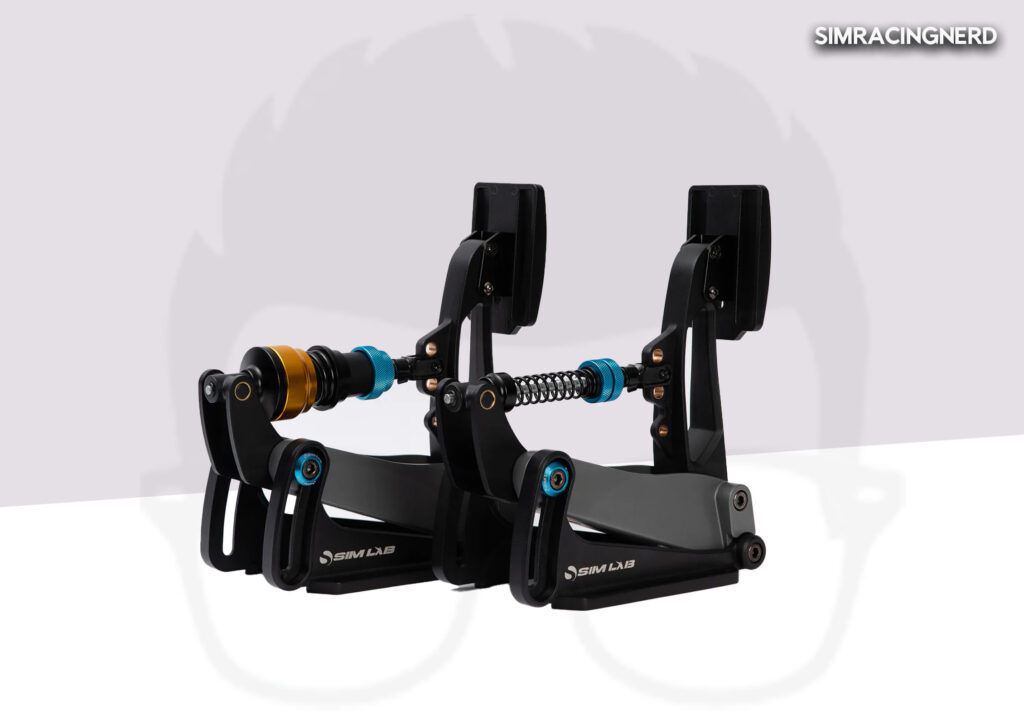
XP1 compatibility
The XP1 is only PC-compatible via a USB interface from its control box. It’s a pity in a way, as many sim-racing titles are available on consoles (Xbox and Playstation), but there’s nothing we can do about it, as it’s quite a hassle to get validation, and chips too, from Sony and Microsoft/Xbox.
As far as sim-racing titles are concerned, you’ll have native support with the game’s tenors, such as Assetto Corsa, iRacing, ACC, and virtually all the others. What’s more, thanks to RaceDirector, you can create profiles for each sim-racing title.
Value for money
In stock form, the XP1 costs €495, but can easily rise to €644 if you take it with 3 pedals, without accessories I might add. With all the options available from Simlab, you’ll be looking at a bill in excess of €750.
It may sound expensive, but in reality, the XP1’s value for money is very good as far as I’m concerned. Not only is this pedalboard premium (except for the controller), it also provides excellent in-game sensations for riders.
My verdict on SimLab’s XP1 pedalboard
My verdict is very simple: if you’re looking for a Load Cell pedalboard that’s PC-only compatible, provides excellent gaming sensations, is premium and very well finished, and isn’t too expensive in its basic version, the XP1 is what you need. It’s beautiful, fully adjustable and perfect for high-level sim-racing.

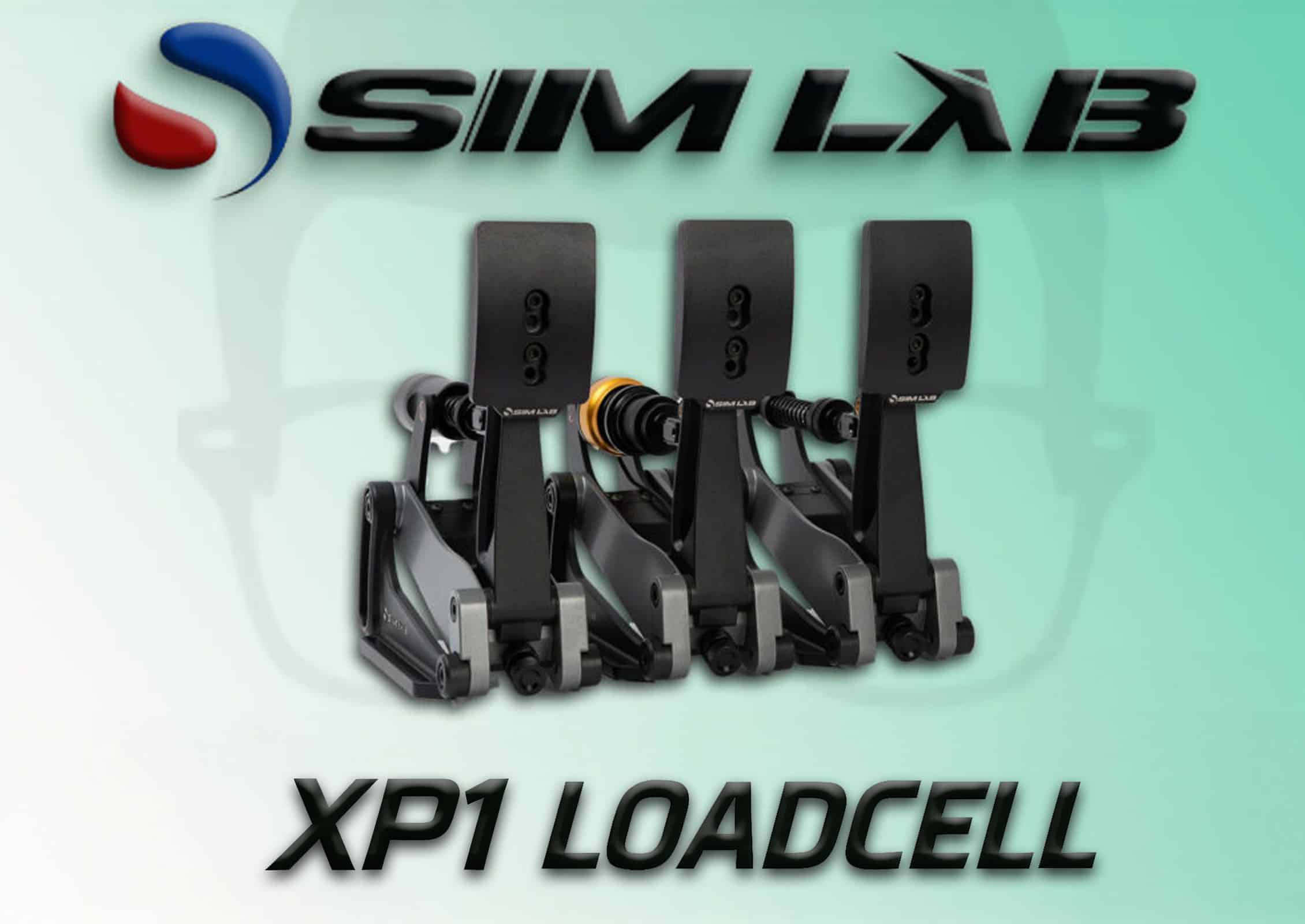



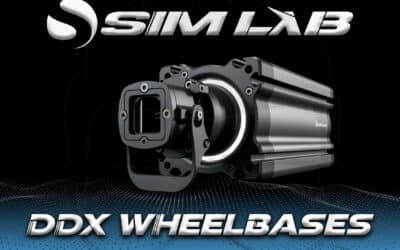


0 Comments